(They/Them) This blog features sauropods and other things that amuse me. Expect to see posts about: dinosaurs, gardening, science, LGBTQ issues, geek stuff, politics, spirituality, justice, food, Baltimore, and my family. Writing here reflects my own interests only, and not the opinions of organizations or employers with whom I am affiliated. My Stuff Sermons Family and Kids Ask a Question
Don't wanna be here? Send us removal request.
Text
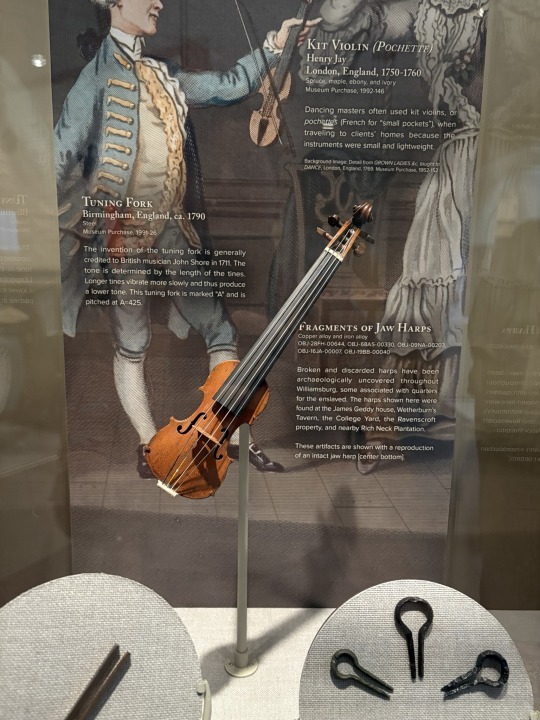
Apparently the world’s smallest violin was a whole thing for 18th century teachers.
5 notes
·
View notes
Text
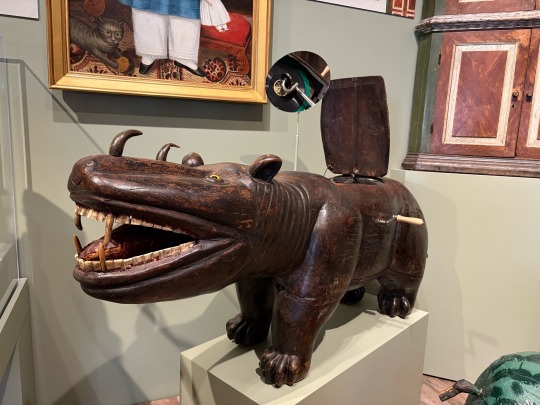
« Hippoceros » by Edgar McKillop, made 1926-1927, on display at The Art Museums of Colonial Williamsburg.
The flap on the back and the crank on the side are part of a record player inside the sculpture’s back. The label next to the piece says the tongue waggles when a record is being played.
According to the label, this piece is made of black walnut, leather, glass, bone, horn, wool, iron, copper, and phonograph works.
4 notes
·
View notes
Text

Hello from the café terrace at the Virginia Museum of Fine Arts
7 notes
·
View notes
Text

If the great race of the ginkgo which started on Pangaea before the continents formed can still look to the future then I guess I shouldn’t give up either.
310 notes
·
View notes
Text

Nymphaea x 'August Koch' / 'August Koch' Hybrid Water Lily at the Sarah P. Duke Gardens at Duke University in Durham, NC
73 notes
·
View notes
Text
this disability pride month I’d like to spread the gospel of the shower chair. I’m not disabled but my father is, and when I first started visiting him from out of town I’d move his chair in and out of the tub as I showered until one day I said fuck it and kept it in.
And oh my god.
If you’re a person who needs a 1000°F shower, get a chair. Get a chair and let yourself sit in the sauna. It’s amazing.
Long live the shower chair.
6K notes
·
View notes
Text
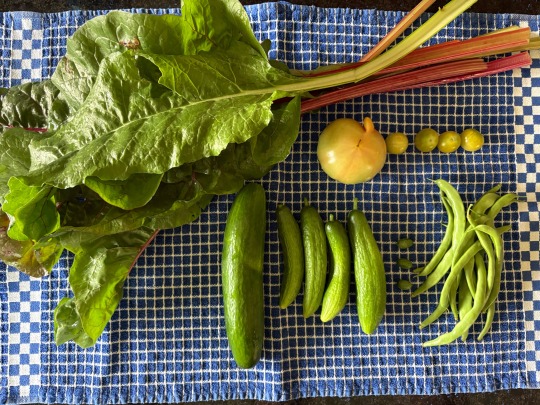
Today’s harvest 7/15/25 part two: Eight stems of chard, one regular and four small cucumbers, three cucamelons, one slicer tomato, four cherry tomatoes, 15 beans
4 notes
·
View notes
Text
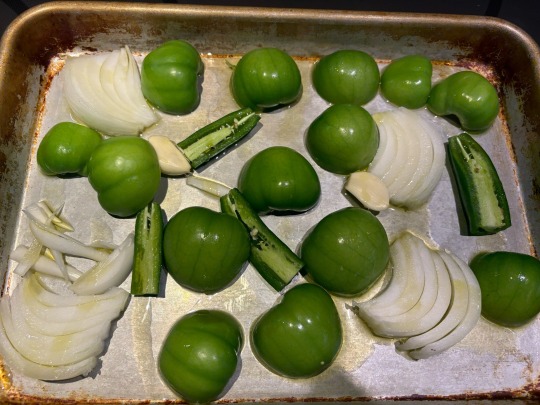
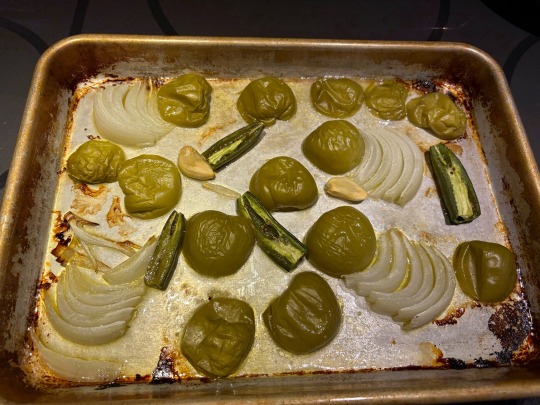
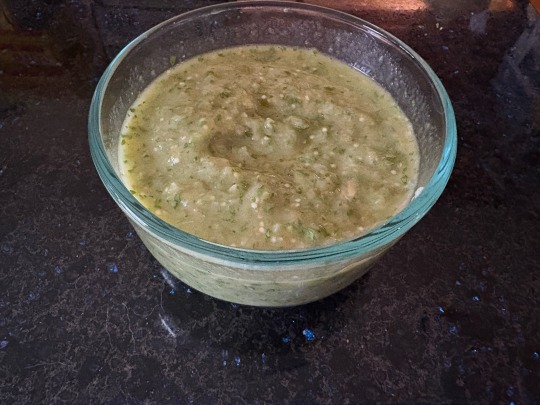
Salsa 7/15/25
The veggies were roasted at 425 degrees Fahrenheit for 20 minutes. After letting the roasted ingredients cool for 15 minutes, I scooped them into the food processor along with about 2 dozen stems of cilantro, 3/4 teaspoon of kosher salt, and a scant tablespoon of lime juice. I probably could have gone lighter in the lime juice and the salt.
This is a more savory proportion of tomatillos to other veggies. Another couple of tomatillos and less cilantro would have made it sweeter. Still, a good effort for before 9am.
30 notes
·
View notes
Text
okay so I finished Incidents in the Life of a Slave Girl (1861) by Harriet Jacobs, and here are my takeaways, because it was AMAZING and I can't believe all US students aren't required to read it in school:
shows how slavery actually worked in nuanced ways i'd never thought much about
example: Jacobs's grandmother would work making goods like crackers and preserves after she was done with her work day (so imagine boiling jars at like 3 a.m.) so that she could sell them in the local market
through this her grandmother actually earned enough money, over many years, to buy herself and earn her freedom
BUT her "mistress" needed to borrow money from her. :)))) Yeah. Seriously. And never paid her back, and there was obviously no legal recourse for your "owner" stealing your life's savings, so all those years of laboring to buy her freedom were just ****ing wasted. like.
But also! Her grandmother met a lot of white women by selling them her homemade goods, and she cultivated so much good will in the community that she was able to essentially peer pressure the family that "owned" her into freeing her when she was elderly (because otherwise her so-called owners' white neighbors would have judged them for being total assholes, which they were)
She was free and lived in her own home, but she had to watch her children and grandchildren and great-grandchildren all continue to be enslaved. She tried to buy her family but their "owners" wouldn't allow it.
Enslaved people celebrated Christmas. they feasted, and men went around caroling as a way to ask white people in the community for money.
But Christmas made enslaved people incredibly anxious because New Years was a common time for them to be sold, so mothers giving their children homemade dolls on Christmas might, in just a few days' time, be separated from their children forever
over and over again, families were deliberately ripped apart in just the one community that Harriet Jacobs lived in. so many parents kept from their children. just insane to think of that happening everywhere across the slave states for almost 200 years
Harriet Jacobs was kept from marrying a free Black man she loved because her "owner" wouldn't let her
Jacobs also shows numerous ways slavery made white people powerless
for example: a white politician had some kind of relationship with her outside of marriage, obviously very questionably consensual (she didn't hate him but couldn't have safely said no), and she had 2 children by him--but he wasn't her "master," so her "master" was allowed to legally "own" his children, even though he was an influential and wealthy man and tried for years to buy his children's freedom
she also gives examples of white men raping Black women and, when the Black women gave birth to children who resembled their "masters," the wives of those "masters" would be devastated--like, their husbands were (from their POV) cheating on them, committing violent sexual acts in their own house, and the wives couldn't do anything about it (except take out their anger on the enslaved women who were already rape victims)
just to emphasize: rape was LEGALLY INCENTIVIZED BY US LAW LESS THAN 200 YEARS AGO. It was a legal decision that made children slaves like their mothers were, meaning that a slaveowner who was a serial rapist would "own" more "property" and be better off financially than a man who would not commit rape.
also so many examples of white people promising to free the enslaved but then dying too soon, or marrying a spouse who wouldn't allow it, or going bankrupt and deciding to sell the enslaved person as a last resort instead
A lot of white people who seemed to feel that they would make morally better decisions if not for the fact that they were suffering financially and needed the enslaved to give them some kind of net worth; reminds me of people who buy Shein and other slave-made products because they just "can"t" afford fairly traded stuff
but also there were white people who helped Harriet Jacobs, including a ship captain whose brother was a slavetrader, but he himself felt slavery was wrong, so he agreed to sail Harriet to a free state; later, her white employer did everything she could to help Harriet when Harriet was being hunted by her "owner"
^so clearly the excuse that "people were just racist back then" doesn't hold any water; there were plenty of folks who found it just as insane and wrongminded as we do now
Harriet Jacobs making it to the "free" north and being surprised that she wasn't legally entitled to sit first-class on the train. Again: segregation wasn't this natural thing that seemed normal to people in the 1800s. it was weird and fucked up and it felt weird and fucked up!
Also how valued literacy skills were for the enslaved! Just one example: Harriet Jacobs at one point needed to trick the "slaveowner" who was hunting her into thinking she was in New York, and she used an NYC newspaper to research the names of streets and avenues so that she could send him a letter from a fake New York address
I don't wanna give away the book, because even though it's an autobiography, it has a strangely thrilling plot. But these were some of the points that made a big impression on me.
Incidents in the Life of a Slave Girl also inspired the first novel written by a Black American woman, Frances Harper, who penned Iola Leroy. And Iola Leroy, in turn, helped inspire books by writers like Nella Larsen and Zora Neale Hurston. Harriet Jacob is also credited in Colson Whitehead's acknowledgments page for informing the plot of The Underground Railroad. so this book is a pivotal work in the US literary canon and, again, it's weird that we don't all read it as a matter of course.
(also P.S. it's free on project gutenberg and i personally read it [also free] on the app Serial Reader)
22K notes
·
View notes
Text
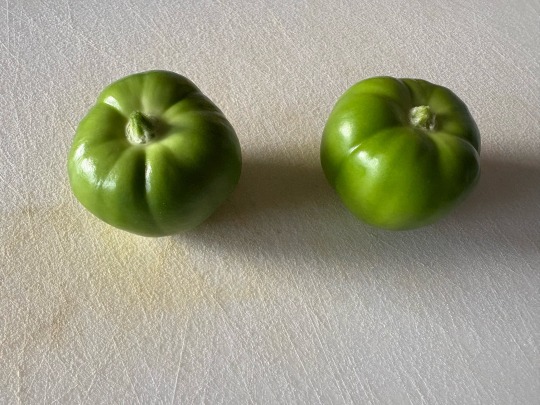
Today’s harvest 7/15/25 (part one?): Two tomatillos
I’m making the first batch of tomatillo salsa today and decided that two more tomatillos would balance out the ingredients. I start by roasting and wanted to get to that early this morning, before it gets too hot. I ran out to the garden quickly for these. I may go back later today if I have time.
8 notes
·
View notes
Text
Each and Every One
When people report seeing something strange in the woods, a small town sheriff goes to investigate. A fantasy story. (Eight minute read.)
4 notes
·
View notes
Text
I will reveal some behind the scenes stuff......so my american literary agent was initially worried about Sir Cameron being unlikeable because he sucks. and then the british publisher, when they bought it, was like hahahahaha it's so great how he sucks, can you add an extra chapter where everyone's mean to him and hates him??? and I was like YES I CAN!
maybe growing up on british shows like Blackadder and Fawlty Towers skewed my soft developing mind. those people really do love dipshits.
9K notes
·
View notes
Text

In the middle of the Jurassic, a Dubreuillosaurus battles a Lexovisaurus on one of the tropical islands that will one day become Normandy in modern-day France.
32 notes
·
View notes
Text

Today’s harvest 7/14/25: Eight beans, one nadapeño pepper, one small zucchini, three slicer tomatoes, five cherry tomatoes, one tomatillo
17 notes
·
View notes
Text
Vive la France!

It's French National Day (Bastille Day) and while we don't have a prison to storm or military parade to watch, we do have the polls feature!
translation: "which is your favorite french story"
46 notes
·
View notes
Text
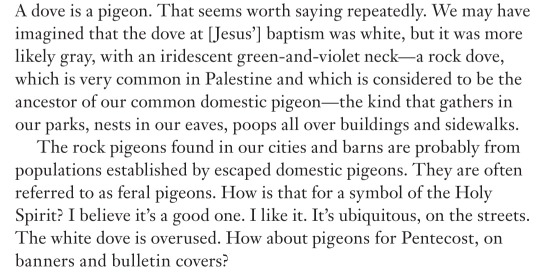
Debbie Blue, Consider the Birds: A Provocative Guide to Birds of the Bible
3K notes
·
View notes
